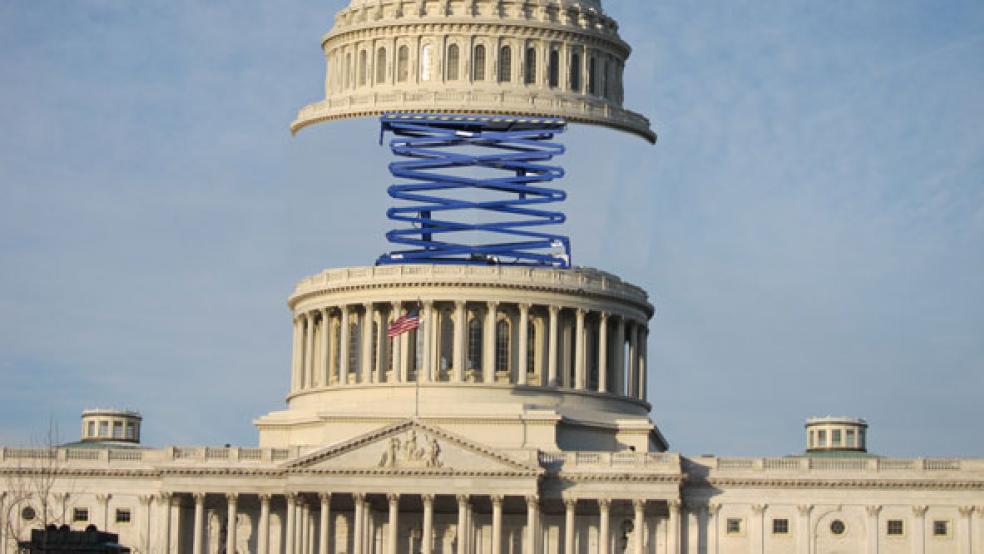The partial government shutdown has had a limited impact so far, but the dysfunction currently on display in Washington doesn’t bode well for another fiscal fight on the horizon, says Chris Krueger of Cowen Washington Research Group. The U.S. will need to raise the debt ceiling sometime after the current suspension expires in March, and the ongoing conflict in the nation’s capital raises the possibility that the process may not go smoothly. Failure to raise the debt ceiling in a timely and orderly fashion could have lasting negative effects, including a loss of market confidence in U.S. debt.
Here’s how Krueger summarized the potential dangers ahead in a note to clients:
“If the shutdown is any indication, the failure of basic forms of government competency should give some pause around a much larger fiscal deadline: the debt ceiling. On March 1 the debt ceiling will be hit and the Treasury Department will begin ‘extra-ordinary measures’ (EM) to keep the U.S. from entering technical default scenarios. When these measures expire is known as the ‘X-Date,’ which could be sometime in the June/July timeframe. … We would note that EM has never (to our knowledge) been utilized in a rate-rising environment - and this is a Treasury Department that does not have the benefit of the three previous rounds of EM (the most recent round in early 2018 was relatively short). Five words that should cause market participants concern regarding the debt ceiling: ‘execution risk with extraordinary measures.’ Treasury is remarkably short staffed and EM is at best an imperfect function of government. The fear is that Treasury's projections on incoming revenues are off, the X-Date is breached, and the U.S. missed a Social Security payment or something to that affect."
A workaround named Gephardt? Democrats are taking steps to reduce the potential for stumbling into those negative outcomes, however. The new House is poised to pass a package of rule changes that includes a revival of the so-called Gephardt Rule, which automatically includes a provision to raise the debt ceiling whenever the House passes a budget that exceeds the existing limit. NPR’s Susan Davis wrote that, “The rules change — coupled with Senate Majority Leader Mitch McConnell's longstanding promise that the U.S. will not default on its debts — greatly diminishes the odds of a default threat in the new, divided Congress.”
But there’s always a chance: The House is only one of the players involved in raising the debt ceiling. “There are three sources of people who can refuse to raise the debt limit — the president, the Senate and the House — and now one of them has been removed,” Stan Veuger of the American Enterprise Institute told MarketWatch. But that leaves the Senate and President Trump in position to throw a wrench into the process. While the Senate is unlikely to put up a fight over the issue, the president remains a wild card, as always — which means the debt ceiling will remain a potential source of serious conflict in the weeks ahead.




